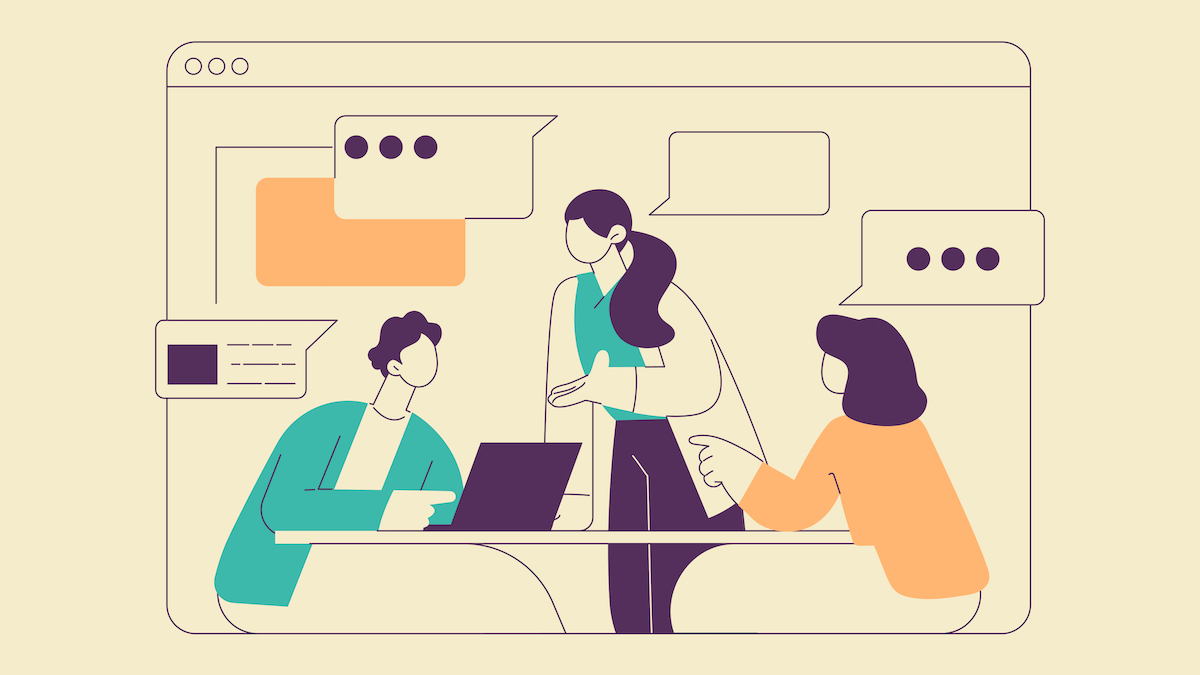Customer lifetime value can be difficult to increase if you sell high-value or high-cost items. But it’s not impossible.
Let’s create a hypothetical situation:
Your store only sells 5-10 items, and each item’s value is upwards of $1,500-$2,000. Once a customer buys an item, the odds of them returning to buy another are slim, or it might take them a while to purchase a second item.
How do you increase your customer lifetime value (CLV) in this scenario?
First, it’s important to fully understand customer lifetime value and why it matters.
What Is CLV and Why Does It Matter?
CLV is the total net profit a company can expect to generate from a customer throughout their engagement. It accounts for their total purchases and the duration of their relationship.
Understanding your CLV helps you understand your profits from specific customer relationships and determine how much you’re willing to invest to maintain them. CLV also shapes your business strategy for maintaining customers instead of prioritizing acquiring new ones when you have high customer acquisition costs (CAC).
Now, back to our scenario.
Increasing CLV when there is a limited product assortment and the likelihood of a new purchase is slim requires re-framing what we think VALUE means in the relationship.
And it may also require re-framing what you’re selling.
How to Improve CLV When You Sell High-Value Products
Generate Referrals
A direct recommendation from a brand loyalist goes a long way—especially if it comes from someone with influence or an existing audience.
What this means for you is that customer service needs to be top-notch!
Place a lot of effort into the “unboxing” experience for customers. This is a good place to think about how you can elevate the purchasing and fulfillment experience and resolve any potential complaints or product issues immediately.
Ask For Reviews
Don’t be shy about asking for reviews. There’s a lot of information floating around the internet about reviews, but some recent data suggests that 79% of customers trust a review as much as a personal recommendation and that reviews can create an 18% uplift in sales.
With reviews, you can improve the buying experience and prove the story you’re selling, which is where loyalty begins. You can also use the data from your reviews to segment audiences for smart retention campaigns.
Never create fake reviews, or you risk killing the credibility of your brand.
Create Engagement Through Content
Content is king, why? Because an engaging and prolific content strategy keeps a customer engaged long enough to consider you for their next purchase (or recommend you when someone asks for their suggestion).
Content that keeps you top of mind and buyers’ first choice is especially important when you have long sales cycles or high-value products—and you can personalize content on owned channels to where customers are in your cycle.
The idea is to create value that resonates with the audience until they’re eagerly awaiting your next email, text, blog article, social post, or podcast.
Sell Parts and Accessories
Selling parts and accessories is an easy way to continue the engagement with your customers past their purchase.
Offering part replacements, upgraded parts they can switch out, and accessory products are all ways to increase CLV while remaining on-brand and relevant to your primary product.
Offer Branded Products
This may feel out of reach at first, but there’s a reason car companies make hats and apparel—and it’s not so Joey can fake owning a Ferrari.
Branded products are not just a way to increase CLV; they can also be used to tell a brand story and promote a lifestyle.
Say you’re a grill manufacturer. It would make sense to sell grilling tools, seasonings, and aprons. Or maybe you’re a pergola builder, so selling branded mugs, insulated cups, and smores kits fits the story you tell.
The idea is to sell products that complement the lifestyle and add value to the original purchase.
CLV can be tough to increase when you’re marketing a high-ticket shop, but a little out-of-the-box thinking and some good old-fashioned business chutzpah can get you on your way to increasing your customers’ value, and with it, your bottom line.


